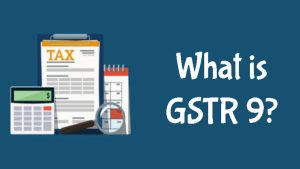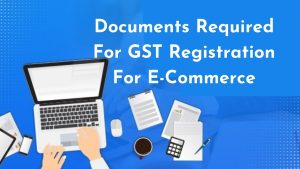Interestingly, along with the advantages, this scheme also has a few disadvantages.
Disadvantages of the Composition Scheme
Restricted Business Territory – In order for a taxpayer to be qualified under the composition scheme, it is obligatory for him to limit his business presence to intrastate supplies.
A composite dealer could not thereby build his business to inter-state supplies and import/export while trading under the composition scheme framework. If he only wishes to trade intra – state or import/export, the taxpayer must enroll as a regular taxpayer.
No Collection of Tax – Although the composition tax rate is promised to keep very nominal at 1 percent – 5 percent, a taxpayer is forbidden from authorizing a tax invoice under the composition scheme.
Thus, such a tax could not be recovered by a composite dealer on its outward supply of goods and services that form its clients. Many taxpayers take advantage of clients’ unawareness of this.
And acquire tax on behalf of GST, but don’t, in turn, deposit the same with the government as they are enrolled under the composition scheme.
No available ITC – As previously stated, a composite dealer could not retrieve tax from the selling of its goods and services. Thereby, the purchaser of such goods would not get any tax credit paid, leading to price disturbance and cascading.
Such investment can lead his business to loss for a normal taxpayer and therefore he/she could perhaps avoid buying from a taxpayer enrolled under composition scheme.
How to Opt-out of this Scheme
A Composition Dealer who wishes to opt-out of the Composition Scheme must file CMP-04 with GST.
You also need to file Form CMP-04, if,
- One composite dealer’s annual turnover surpasses the limit value;
- The enterprise/taxpayer no longer falls under the eligibility requirements.
A composite dealer is supposed to file GST CMP-04 within 7 days of the date the taxpayer plans to opt-out of the composition scheme or is inadmissible to be covered by the scheme.



